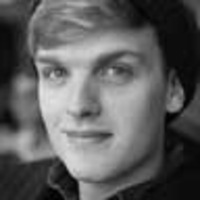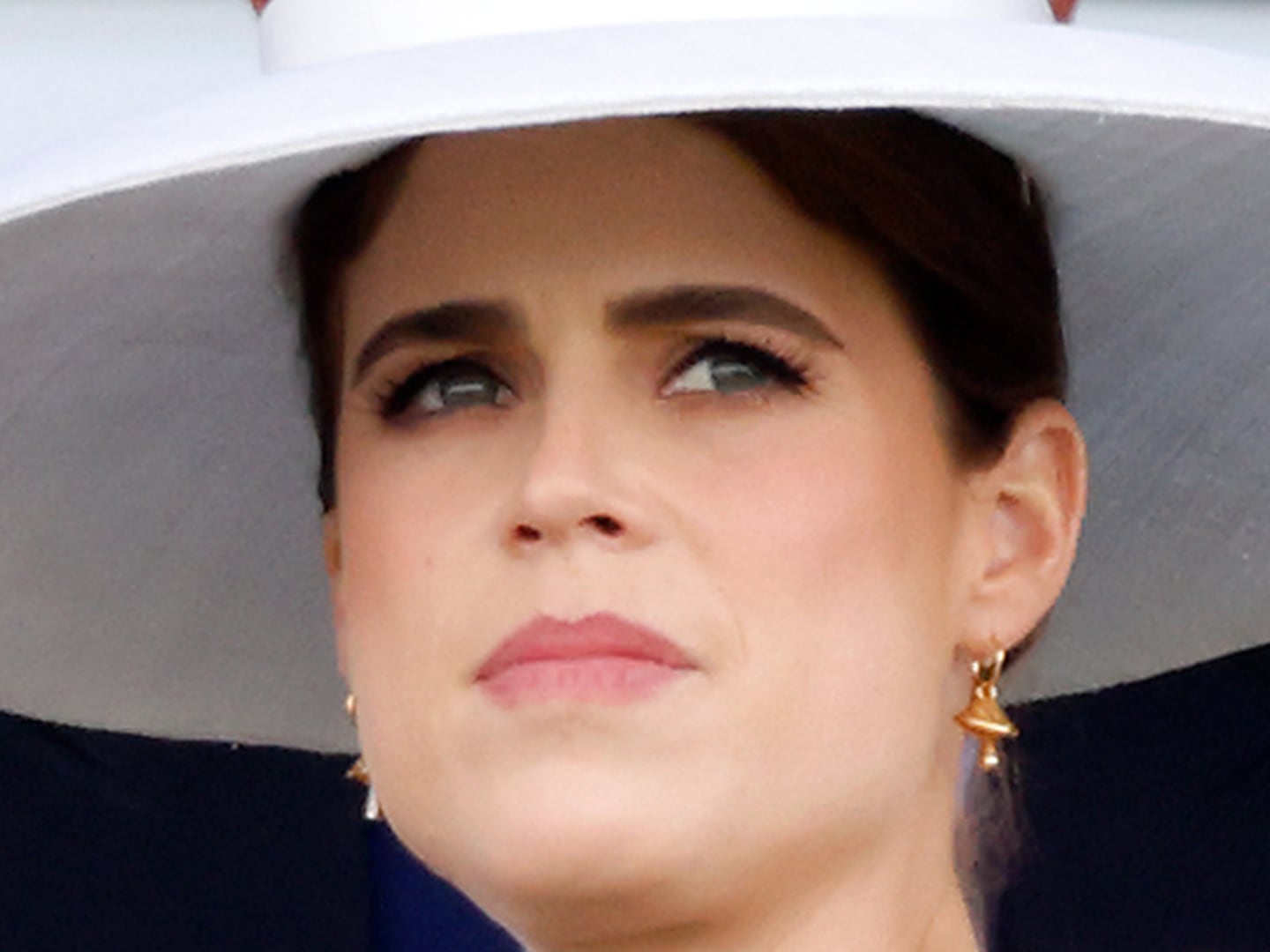Literarily speaking, Iceland is prolific. According to recent reports, there are more books read per capita in Iceland—a country with a 99% literacy rate—than anywhere else in the world. But perhaps most astonishingly of all, one in every ten of its 300,000 inhabitants will publish a book in their life. There are, however, only a few Icelandic writers that are read beyond their coastline.
Sjón is one of them. The 51-year-old author, whose a pen name means ‘sight’ but is also an abbreviation of the less book-cover friendly, Sigurjón Birgir Sigurðsson, has written seven novels, numerous poetry collections, song lyrics, plays, picture books for children and, in 2011, a libretto. His two most recent books, The Blue Fox and From the Mouth of the Whale, have collectively been translated into 25 languages and a few months ago he was “introduced” to American readers for the first time by his childhood friend and sometimes collaborator, Bjork.
Sjón was born and raised Reykjavikian. His gradual success has led him into politics (on a local level he represents anarcho-surrealist movement, The Best Party, who remain in power in the capital) and he was on the board that saw Reykjavik recognized a UNESCO City of Literature, but he has never moved out of the city.
Here, he talks about the incongruities of a rural-urban life, why it’s important to give back the stories Reykjavik provided him with, and what it’s like to know, in person, every other writer in town.
Could you describe Reykjavik for me, specifically the area that you live in?
We are really close to the elements. I’m in the old part of town. It used to be a stony field here where I’m living. It used to be stony fields until the, let’s say, 1950s. The city is very young. Just a century ago the population was 10,000 and people were mostly living down in the old center. The city grew out of the harbor from a population of 10, 000 to 120,000 or something like that, so it’s spread all over. It’s quite spread out, the city, it’s not dense. The areas are not dense. I’m living here in, well, this is considered the older part of the city even though the house I’m living is only 60 years old or something like that. It was built up after the Second World War. There was a great economic boost here in the Second World War. Iceland really profited from the war and took its first steps, you could say, into modernity.
What’s the nature of the city and how has it has affected your work?
The city is very small and it’s relatively young and I have lived in two parts of the city. When I discovered poetry and started writing in my teenage years I was living in the suburbs here, in a neighborhood that was maybe the first real neighborhood of high-rises and concrete and relatively low incomes built in the early ‘70s. That’s where I lived for quite a while. The beauty of that neighborhood was—even though it was the most urban neighborhood in the city at that time—that it was on the outskirts, so even though we were living in apartment blocks and quite restrictive housing, just a few minutes was pure nature. There were marshes and a salmon river nearby and I found a lake with trout or whatever. It was a strange experience to be there. You had one foot on the asphalt and the other in the marshes. We’d go looking for bird’s eggs and whatnot. I think that had a very big affect on me.
But did you write about those sorts of things when you first started? Were they a source of interest then?
From the beginning I really like to bring together two different worlds in everything I did. In that case you have nature and urban life but this is, of course, not unique to Reykjavik. I think you have this in all cities stretching out into the wilderness. I was very much aware of the boundaries between nature and the human habitat right from the beginning and that line of man versus nature. Not versus but, you know, the relationship with nature.
I think perhaps more than other places Reykjavik’s mortality seems to hang over the city. Is that something you think about, or are conscious of in your work?
Am I aware of mortality?
Well, yes, I suppose. The mortality of the place you live.
I mean, you are quite aware of your life as a human being, you are quite aware that the human habitat is very vulnerable when confronted with nature. It’s not a depressing thought, it’s just something that you live with. We’re on the ocean. This used to be a fishing village. I think everywhere in island communities you are aware of the human habitat and how fragile it is. It’s not something that depresses you, it’s just there.
At the same time we have been trying to keep up the appearances here of a city, even in the late, let’s say, nineteenth century, when there were 2000 inhabitants and they liked to call this a capital. Let’s say, they tried to keep up with the rest of the world when it comes to culture and things like that.
I like to see Reykjavik as one of those glass balls, you know, the ones where you shake it and it snows. We are like one of those small, little, miniature towns.
Is there anywhere you go specifically to read in the city?
I go very much to the reading room of the National Library because most of my books require historical research and stuff like that, but we also have some very nice cafés here. I was in a café yesterday reading Harvest, the new book by Jim Crace and that was a wonderful experience to be there in his world in this little café in Reykjavik.
But I read somewhere that you don’t read—or if you do you tend not to like—contemporary fiction or, in fact, realism.
I don’t like literature that pretends realism is possible and luckily there is so much writing that is going on today that challenges the concept of realism and brings into play different elements. These could be mythical elements or strands of thought that survive outside the culture or society that we’re living in. So it’s not that I don’t like contemporary fiction, I think great things are happening in the novel today, but they are only happening for people who have realized that it’s not possible to photocopy reality onto the page. It’s always a reconstruction and into a reconstruction you always bring an element of a very ancient thought, the storyteller’s mind. I really cherish stories that have come from places and I think I’m very lucky to have been from a small place like Iceland and a city like Reykjavik, because in many ways the history of the city is very clear, you know. You have very easy access to it. I have just written a novel that takes place in 1918 in Reykjavik, during the Spanish influenza epidemic and it was really an amazing opportunity to visit those times through the archive of material and the newspapers of the time. The story of the city is somehow very open to you and you can access it through different portals. In my case, I have a character who is a sixteen-year-old gay film fanatic, so I take the city’s history and I place an absolutely new kind of personality into the historical study, and the explosives that start to work around that historical landscape that we thought was fixed but comes very alive when you add a surprising element to it. So, it’s realism in a way but it’s really a reconstruction.
What then do you think is the relevance of fiction for Icelanders, for Reykjavikians?
We like to think of ourselves as a literary nation and Reykjavik was, two years ago given a UNESCO status as a City of Literature so obviously literature means very much to us. The thing is, writing is the only constant cultural activity that has come to us down the ages. It was a very poor country, a third world country until the 1870s. I mean, the wheel! The wheel came to Iceland in the middle of the nineteenth century. Until then we liked to drag things over uneven surfaces. It’s true. It’s very true. We had no wagons or anything. We liked to drag things, but we have been writing, writing all the time. So that is the only constant cultural activity. It’s very important to us, and our relationship with our ancestors here.
The novel had a very hard time in Iceland until Reykjavik started coming into being and I think that’s because the novel is something that is made up of different voices, different points of view, world views that challenge each other and the conflicts of people that are living in close proximity. So the novel is really something you can say is the literary form of the city.
What about other types of writers? Is there a strong community of writers in Reykjavik, and do you see much of each other?
Yes, obviously it’s a very small place with quite a number of writers so you tend to know everyone and there are a lot of opportunities for us to meet up, discuss whatever we’re doing, or the bigger issues. It’s a very small community. I know everyone of my generation and the generation before me and maybe the generation after me, but new people are coming along all the time. We have quite a strong movement of young poets at the moment, quite a number of young women stepping forward as poets and that’s great to follow.
Is it a similar story with your writing as with reading? Do you write a lot in libraries, or is there anywhere else you go?
The thing is, actually I go out of the city to write. I have a small cottage—an old fisherman’s cottage on the south coast of the country, which is one hour’s drive from Reykjavik—where I do my intensive writing session.
Why is that?
Well, things are so busy here. In this cottage I don’t have a telephone, I don’t have a television, I don’t have internet and even though it’s a small city we still have all the trappings of urban life and I need to get away from it to be able to write. But I’m very much a city man. I could not imagine living outside the city and where I’m living is just ten minutes away from the city center, where I go every day and visit the bookstores and cafes. That really keeps me alive, but when I need to do writing, I need to have absolute peace and space.
What do you think your position within the city is now? I mean that in the sense that you’re involved in politics, you’re at the forefront of the literary scene and guiding new writers, you’re introducing a whole new audience to Icelandic fiction, you know, you’re translated into 25 languages. I suppose, at what point did you stop feeding from the city and the city start feeding from you?
Well, huh, I think I’m still benefitting from being here. Like this new novel that I’ve just finished, the city is really feeding me material and providing me with new challenges as an author. When you’re from a smaller place, or a place on the outskirts, it is a privilege to be living in a place that is an exclusive source of stories and possibilities. I don’t see myself as above the city. In a way, I’m returning to the city its stories.
You mentioned there was a strong set of poets emerging from the city. Who are you excited about reading and what are some of your favorite works of literature about the city?
One of my absolute favorites is a novel by Halldór Laxness. He received the Nobel Prize for Literature in 1955 and wrote a novel called The Fish Can Sing, that takes place at the turn of the century. It’s about how a tiny community—there were probably 5,000 people living here—produces an artist. How an artist can grow out of that microcosmic community. I think that’s probably an amazing lesson in how you can go from local to universal. How you can use a tiny, tiny society as a platform for a universal story. That, for me, is my favourite.






